How to use beeswax furniture polish
Help & Advice.
Frequently Asked Questions
1'Charge’ a small pad of ‘0000’ steel wire wool with some beeswax polish

2Apply the polish sparingly, directly to the surface, with a little pressure in the direction of the grain (do not dab it on)

3Wait 20 to 30 minutes for the polish to dry and buff to a soft sheen in the direction of the grain.

I would also recommend only applying it to manageable areas at any one time. For example the side of a chest of drawers, or one chair at a time. It makes the whole experience more rewarding.
I also highly recommend using an open weave, pure cotton cloth to buff the polish as it helps prevent any smearing and buffs the wax to a lovely sheen.
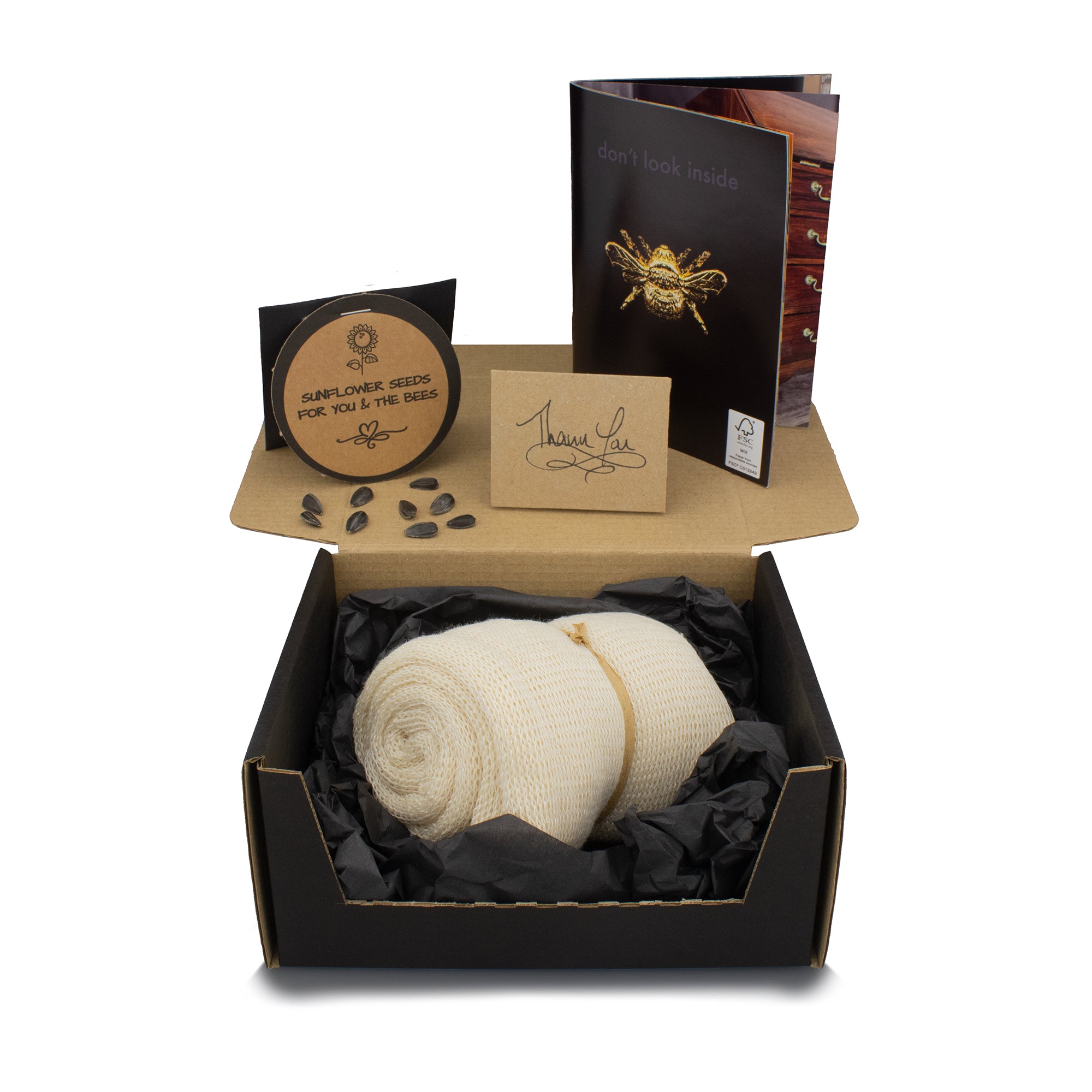

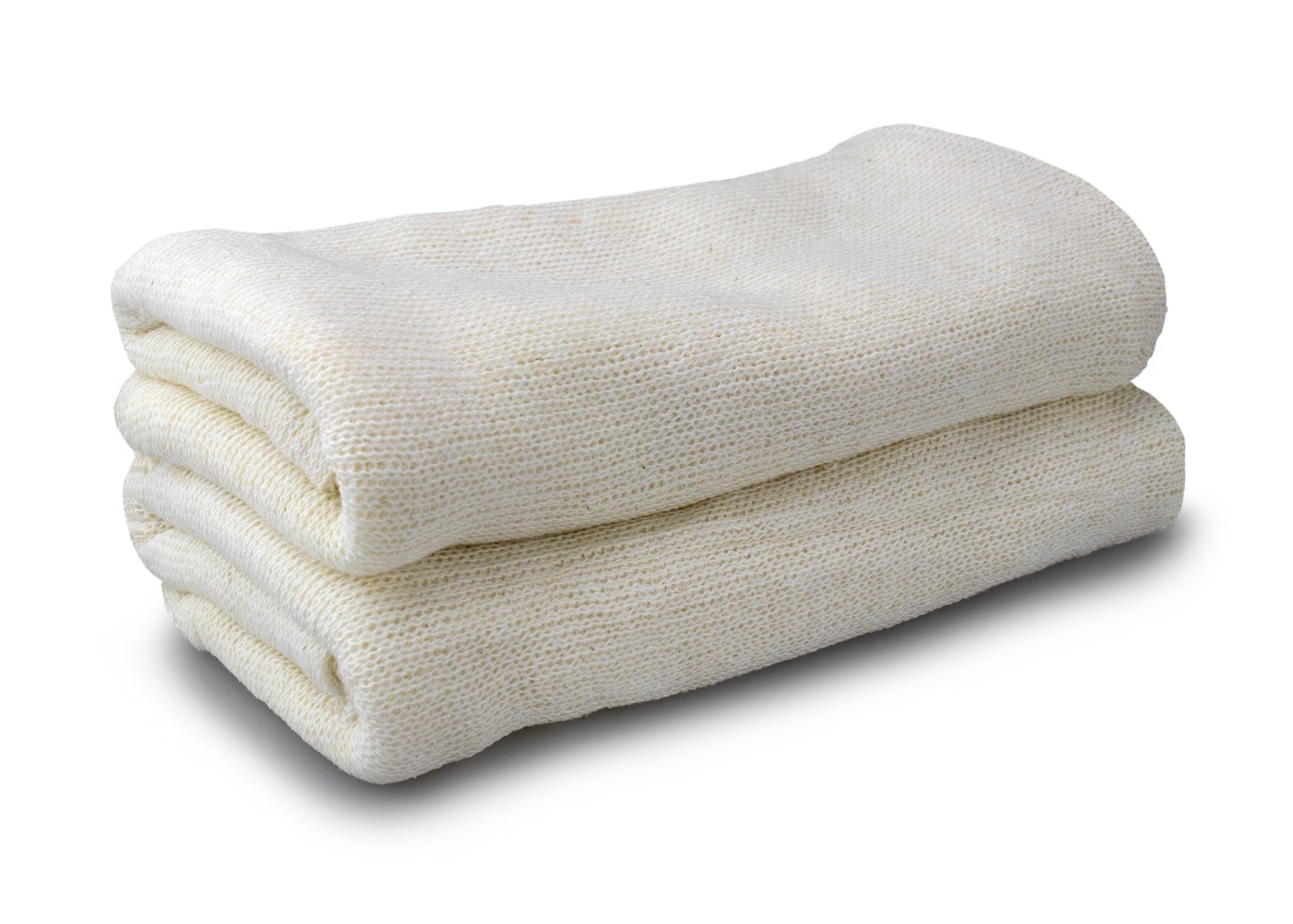

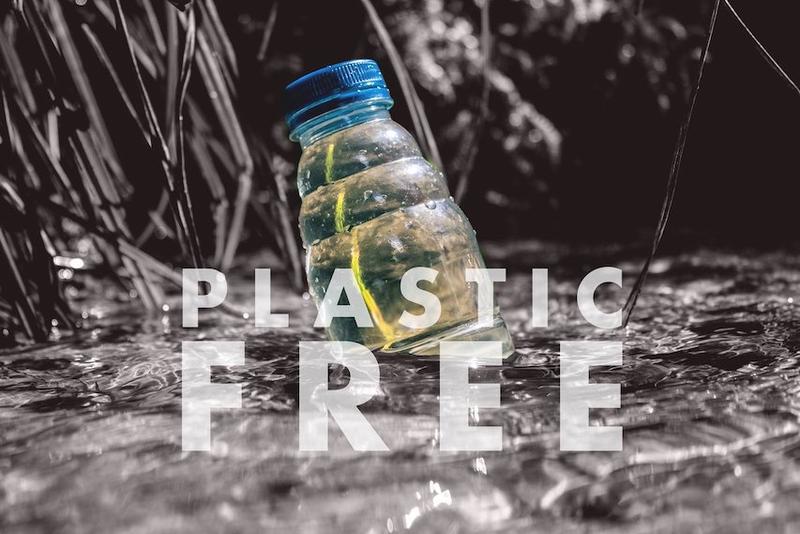

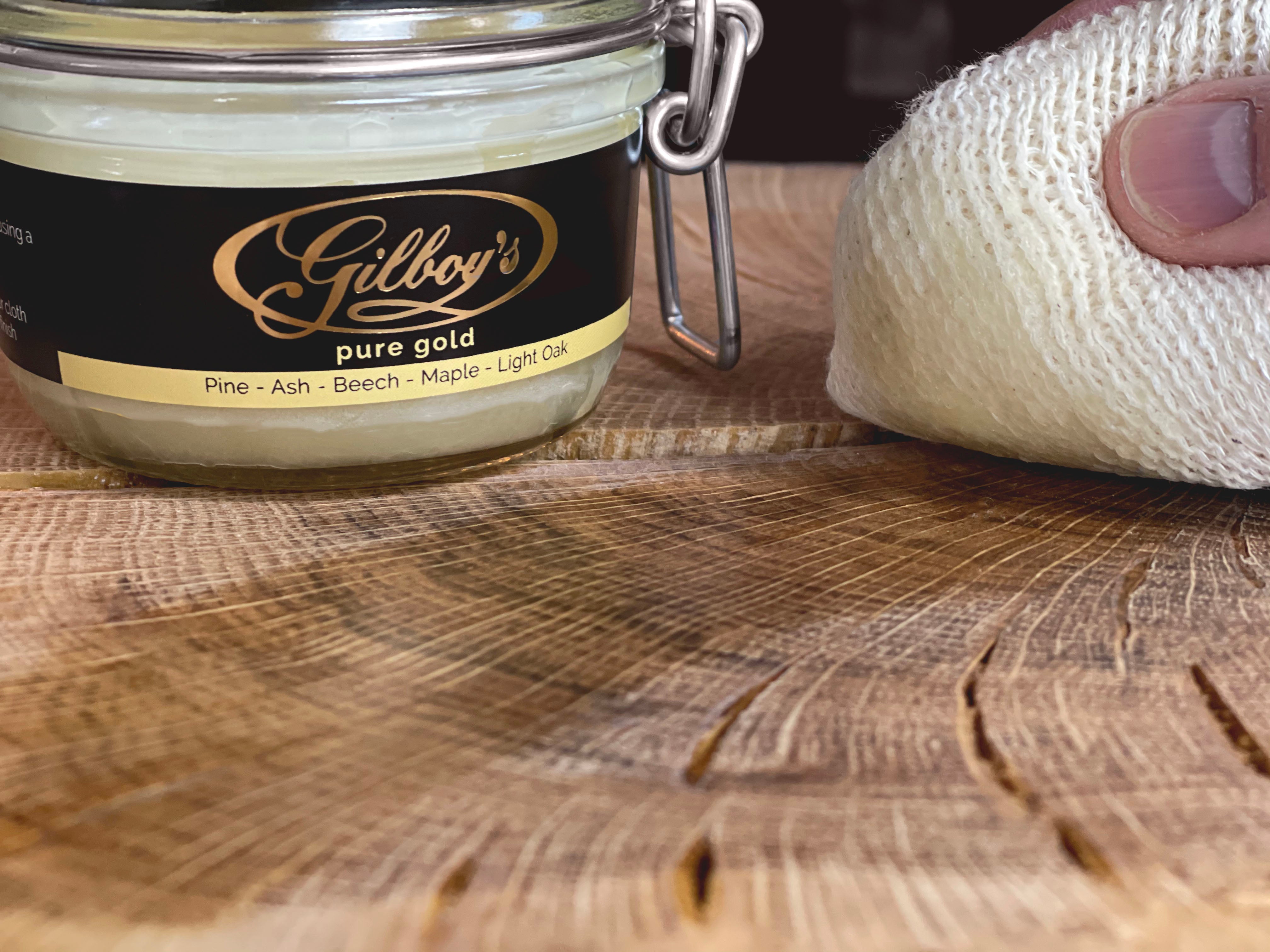
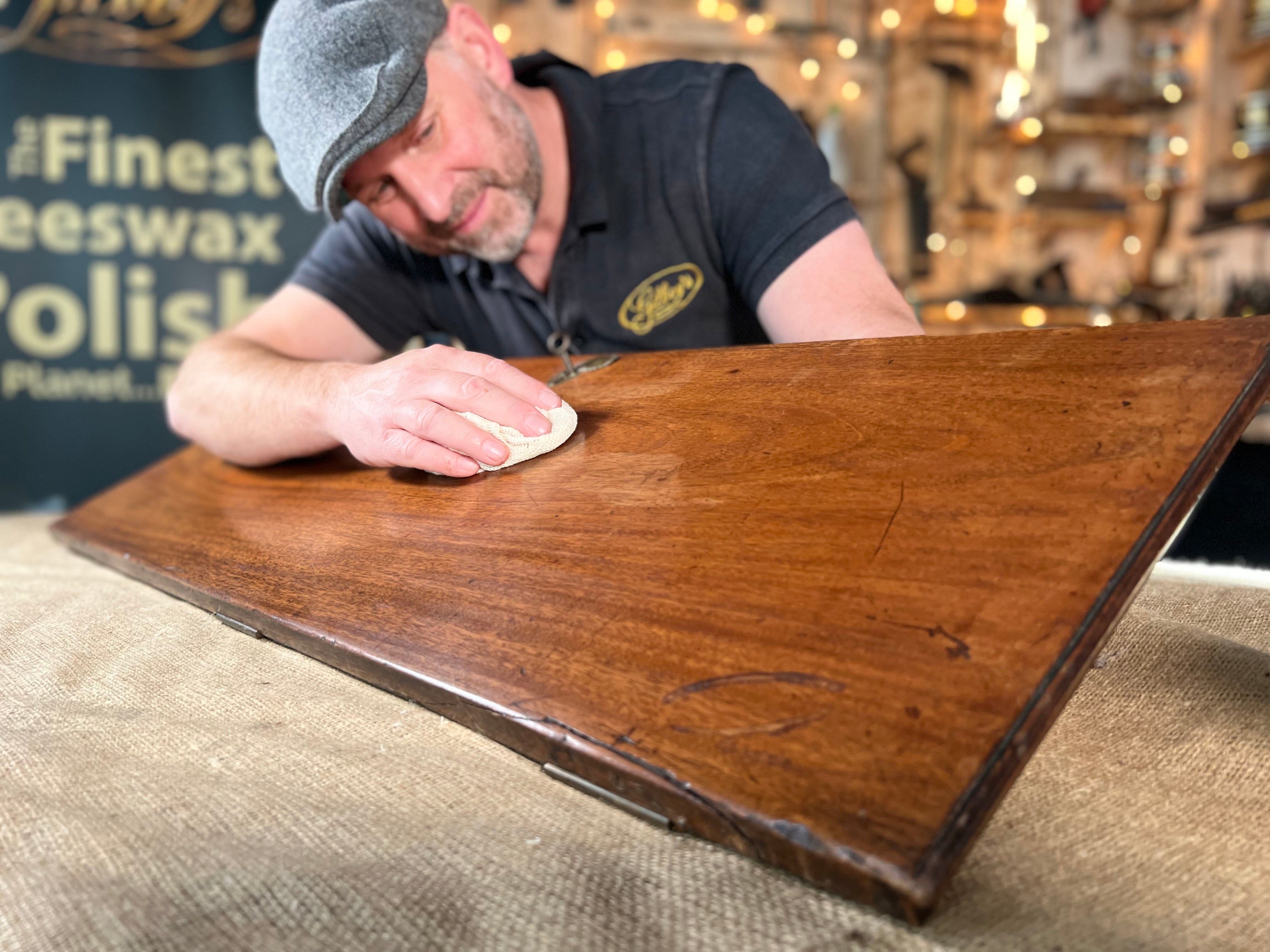
Our polish is very, very rich in natural hard waxes. The combination of waxes I used to make Gilboys Gold is not diluted in any way. And because so much wax was transferred to the surface in the first application it needs time to harden. If you apply a second wax too quickly you may well end up softening the first layer you put on, resulting in an uneven soft finish.
Let it harden.

This is a really good example of how our dark 'antique gold' polish can work well on a light coloured wood. I rescued this Smokers Bow from my parents neighbours garden in 1994. I repaired it at the time, and more recently waxed it, many times over with our antique gold polish. As you can see, it is very light in its colour and now it has a beautiful natural golden glow achieved by 5 or 6 applications of our antique gold.
If you have an old Windsor chair or kitchen chair from the Victorian era then give our antique gold polishing kit a try.
I think you'll be surprised...
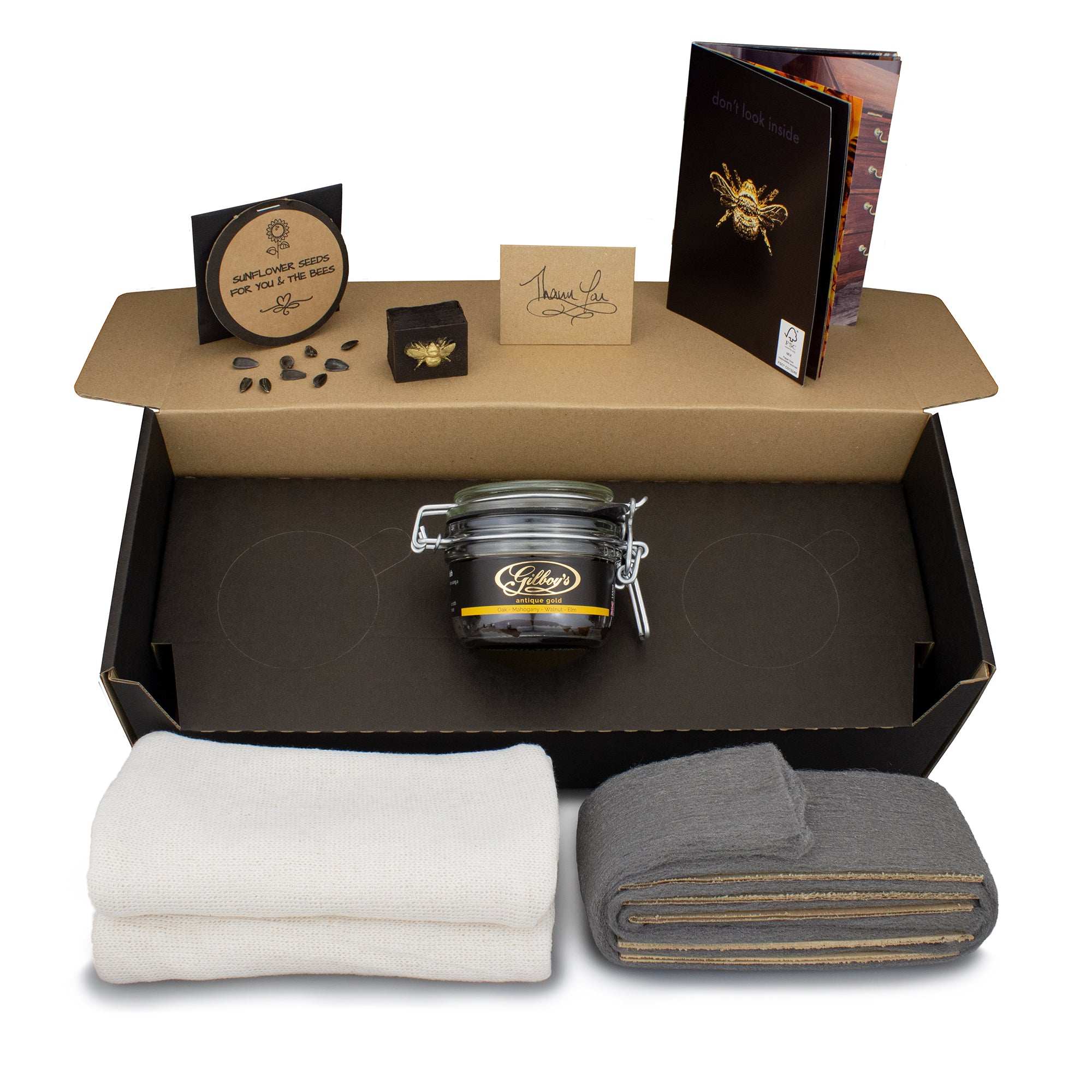

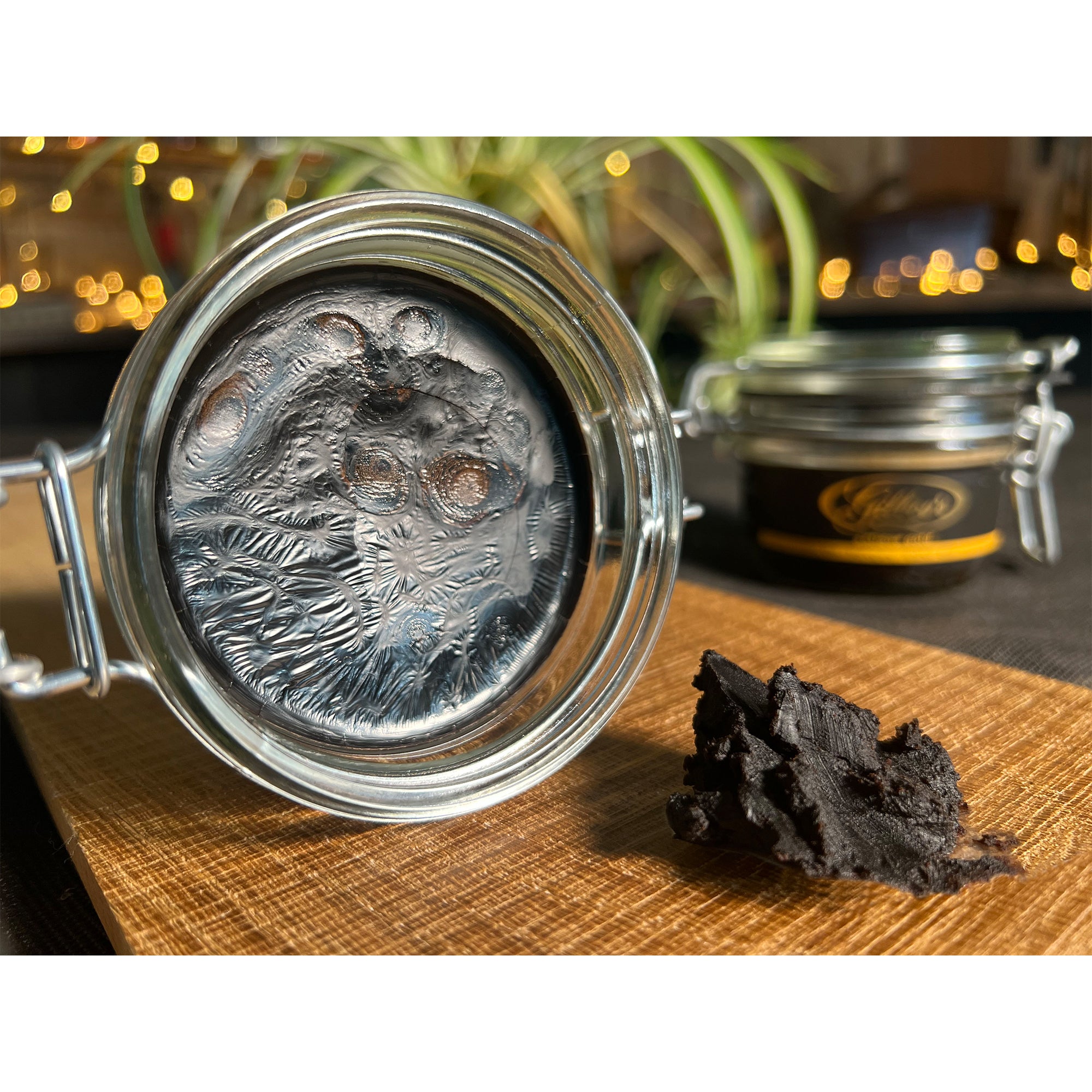
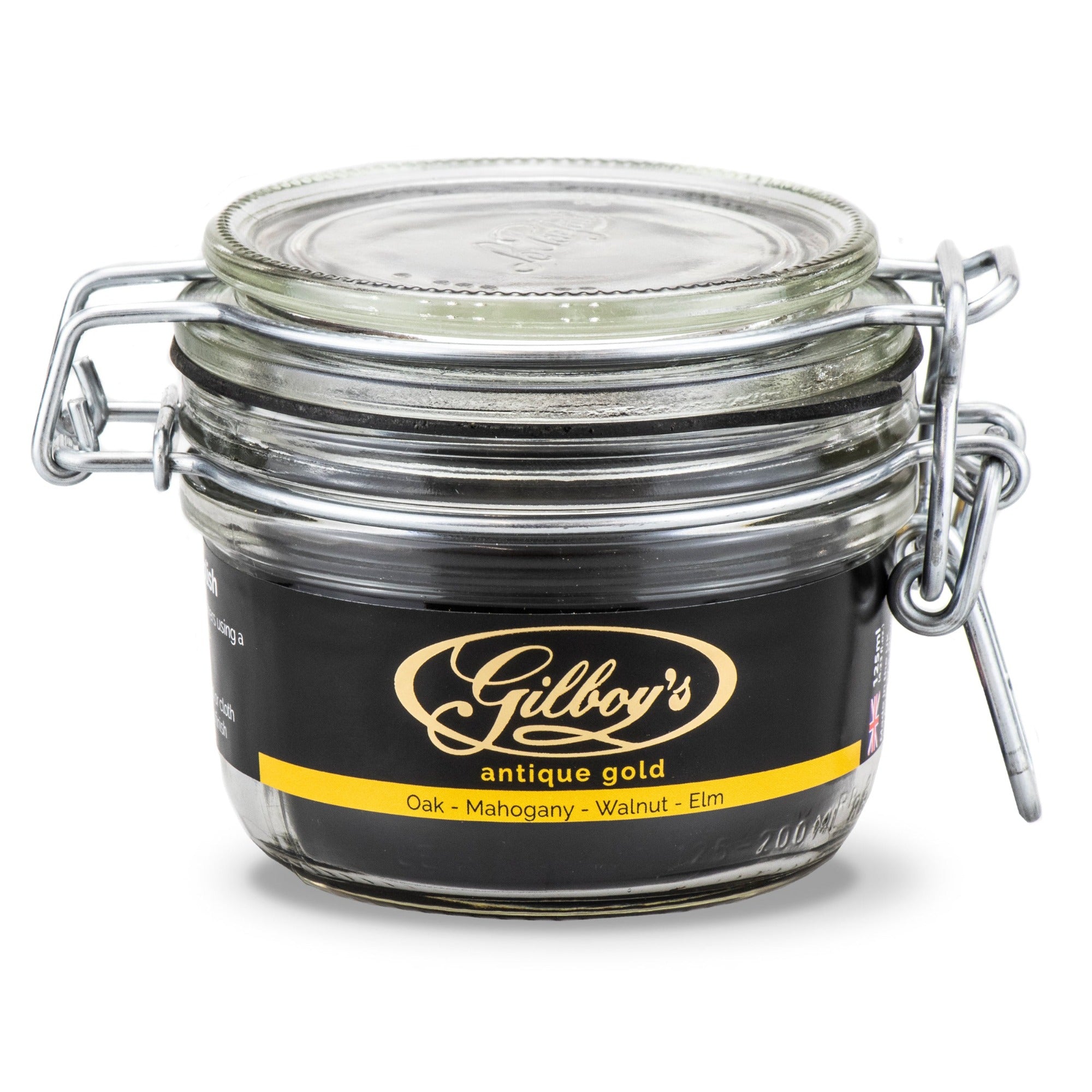
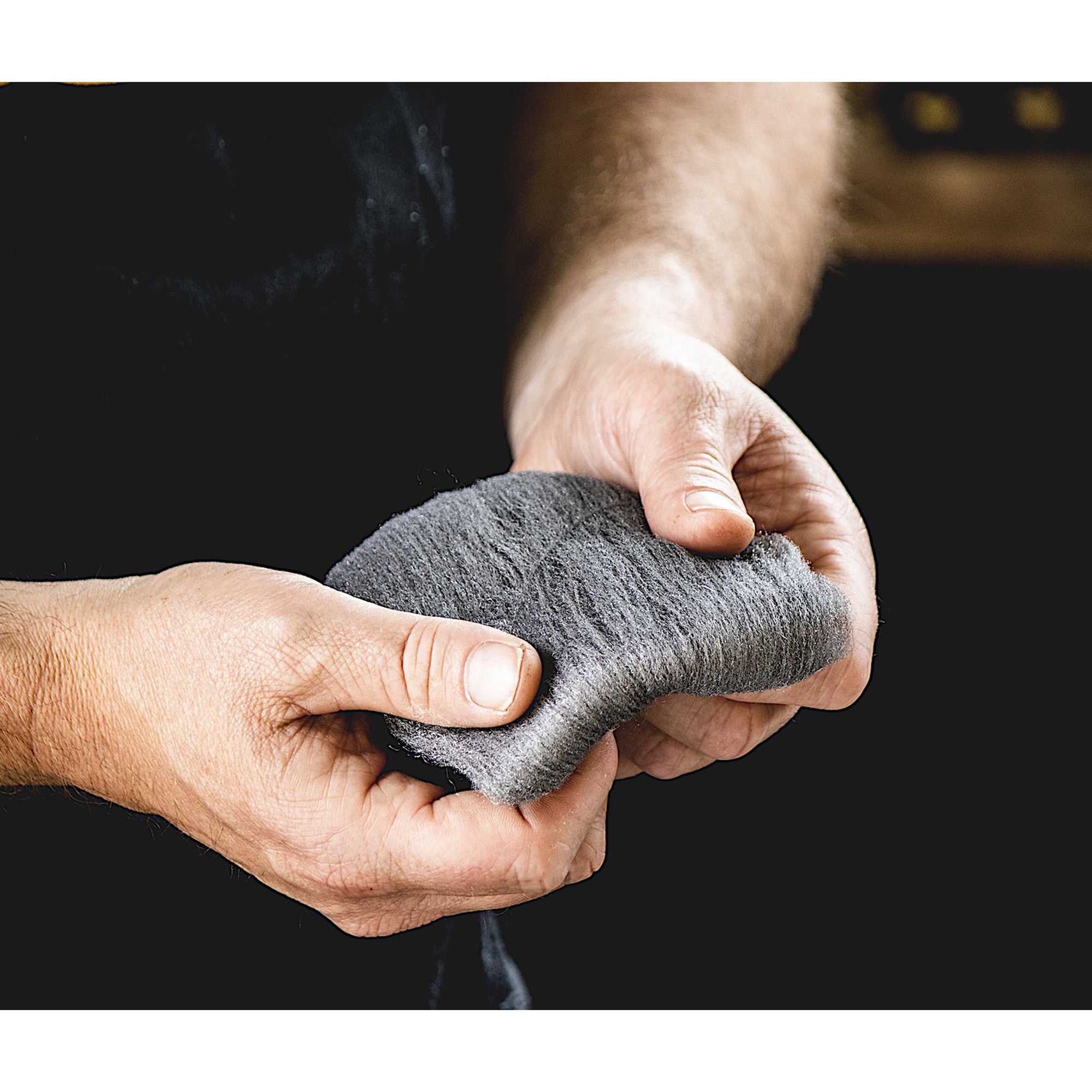
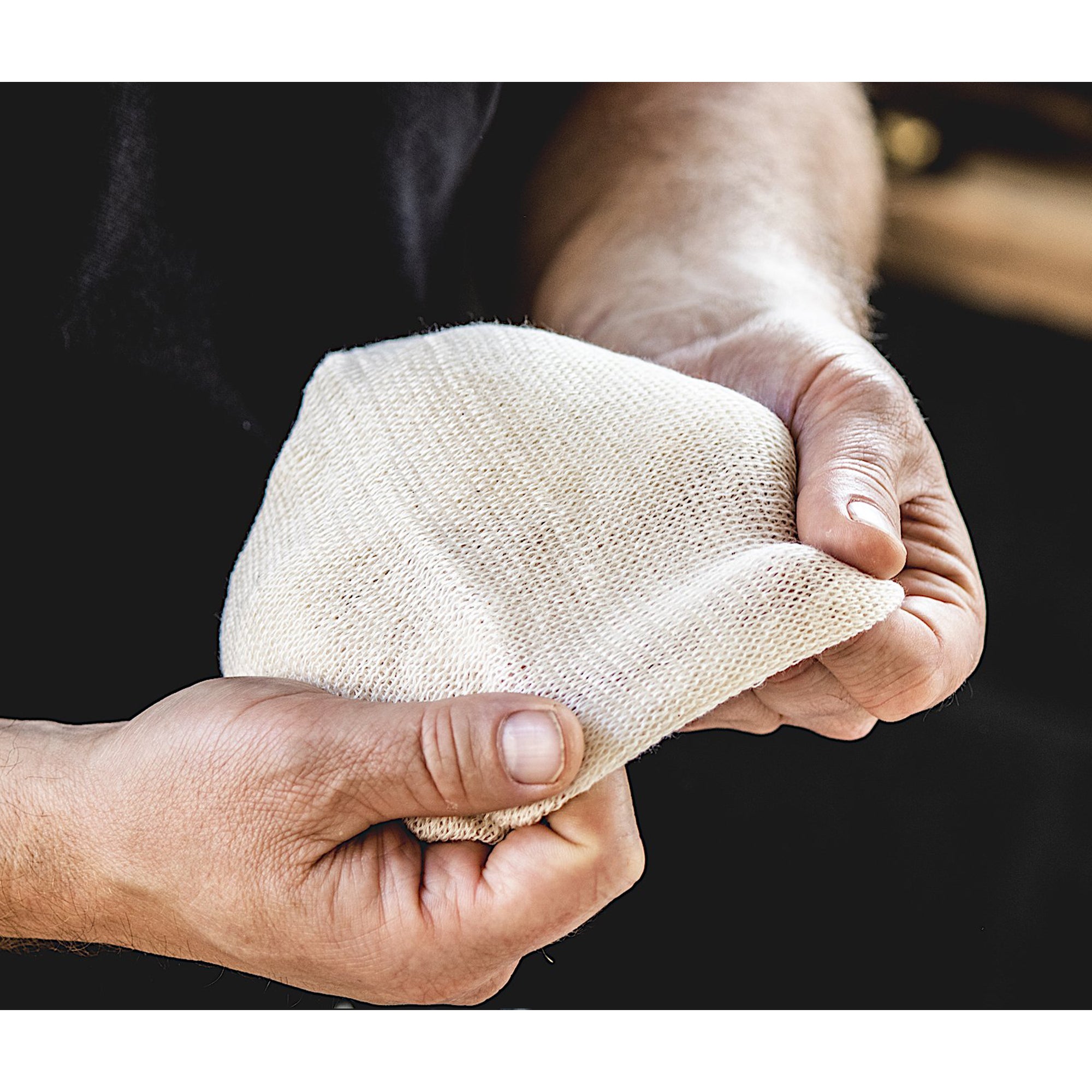
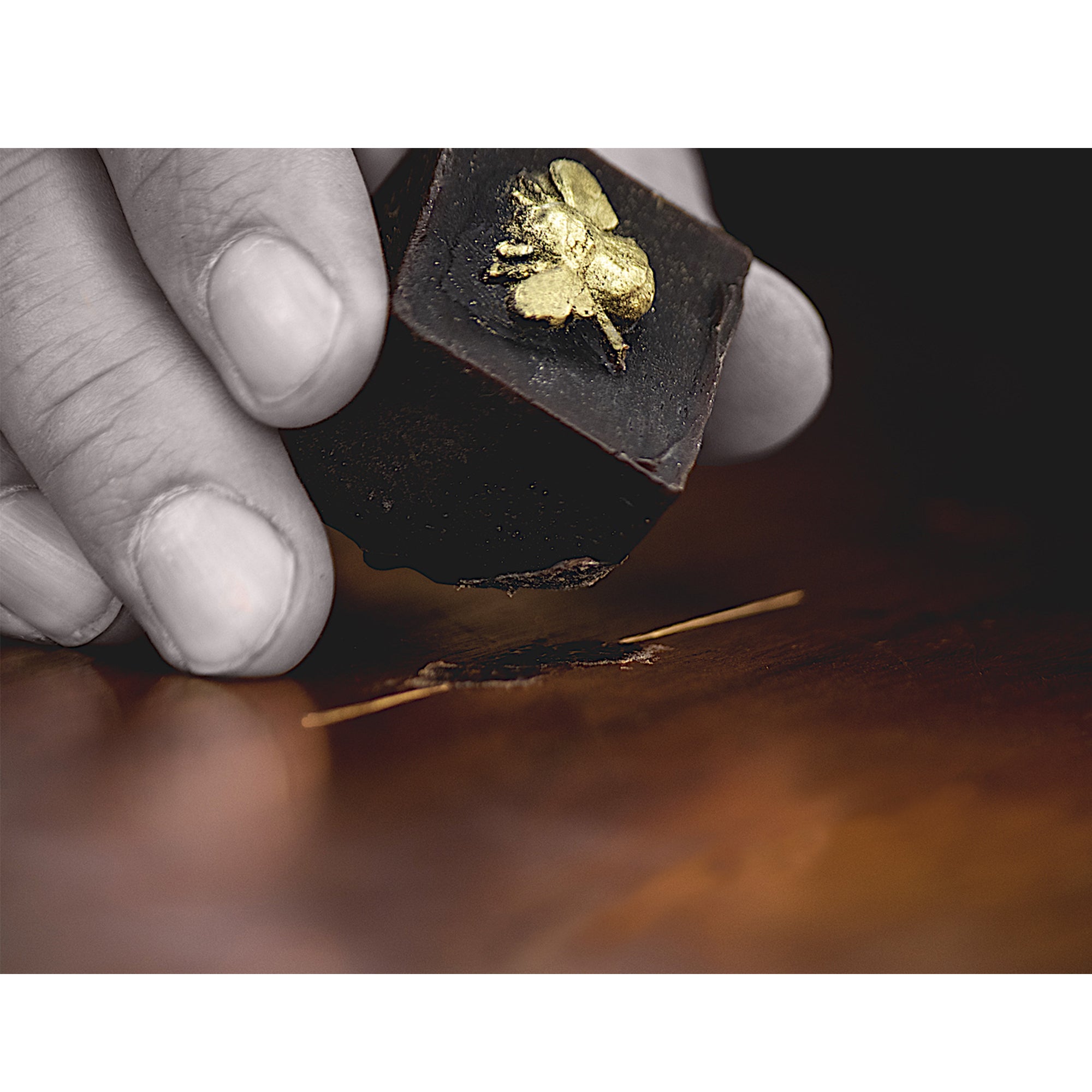


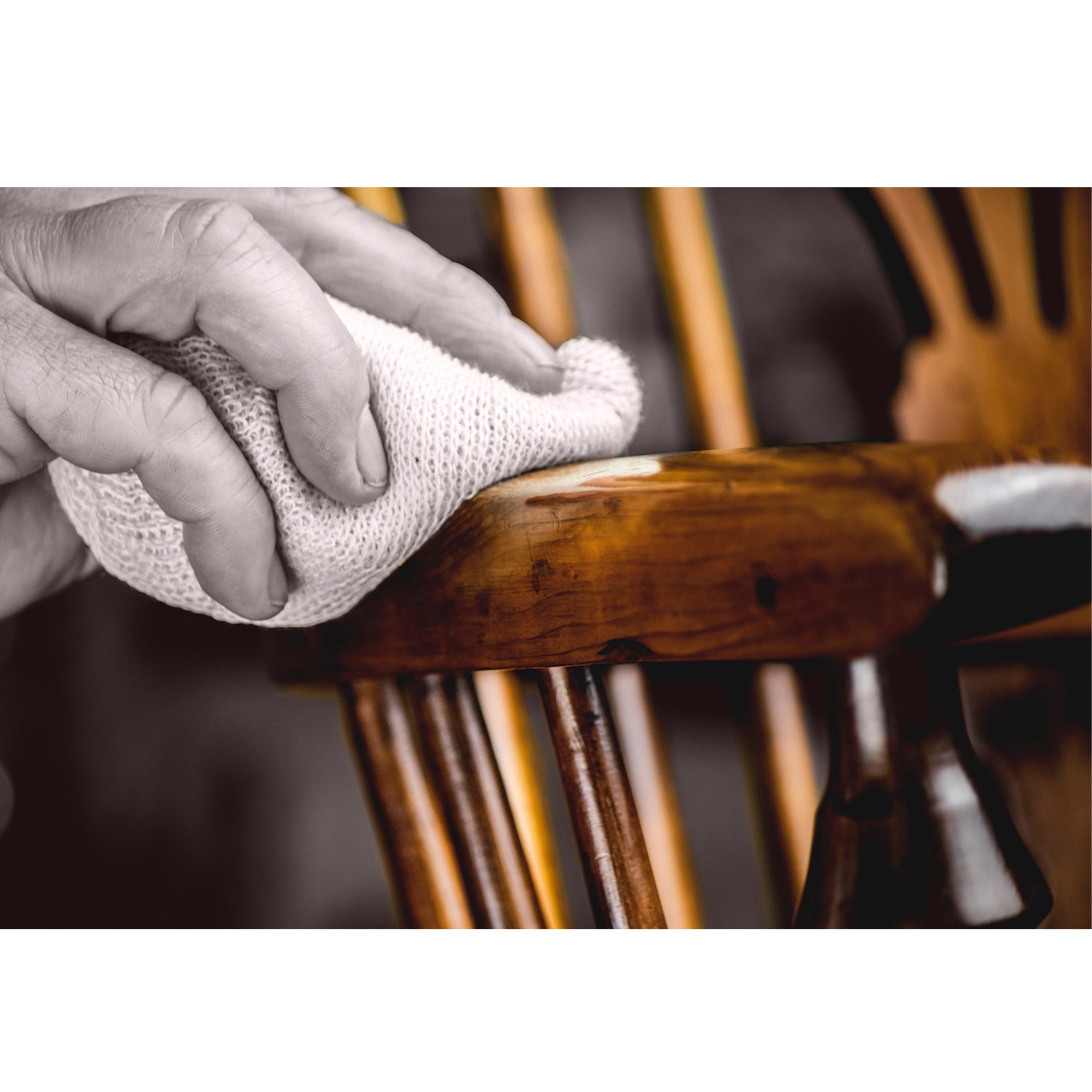

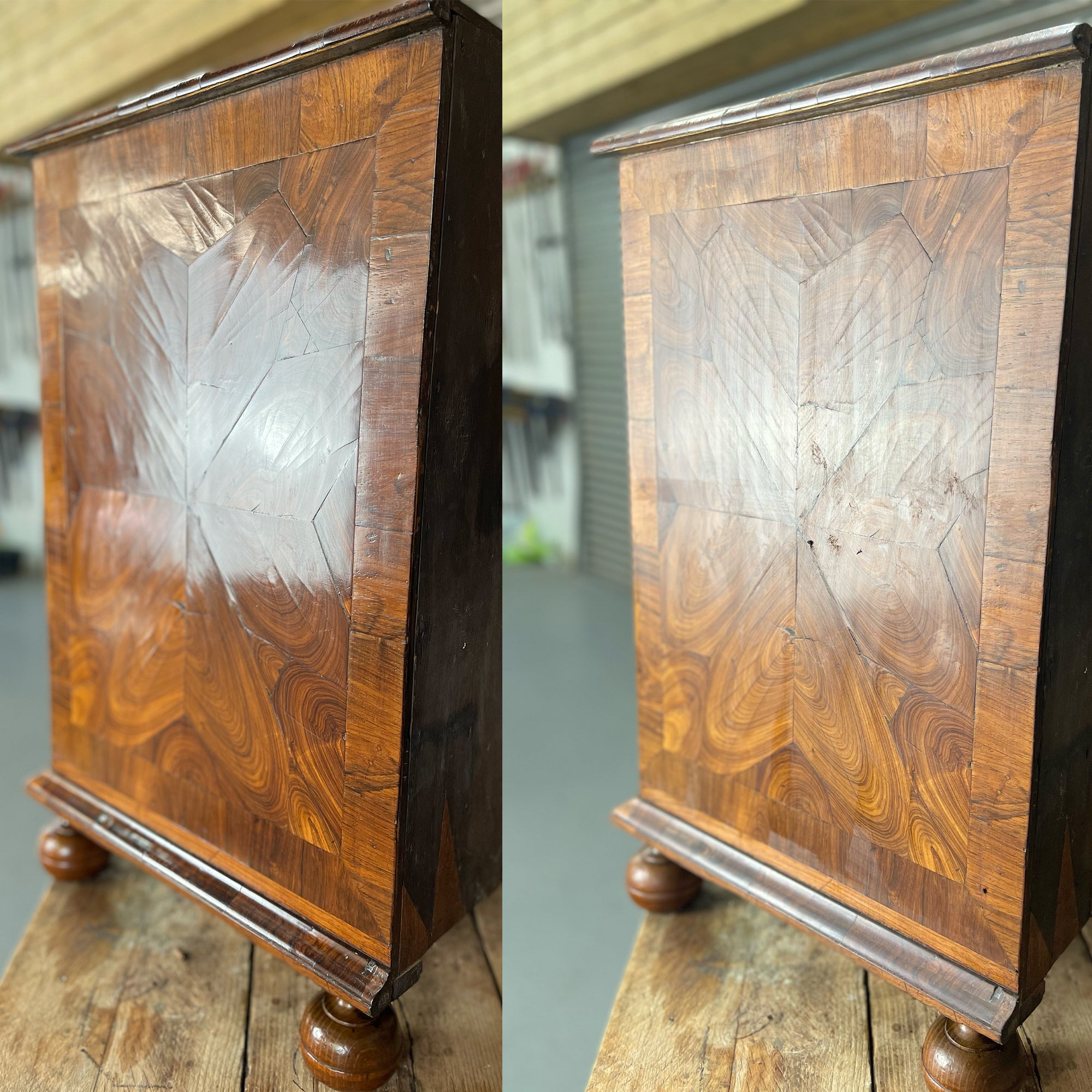
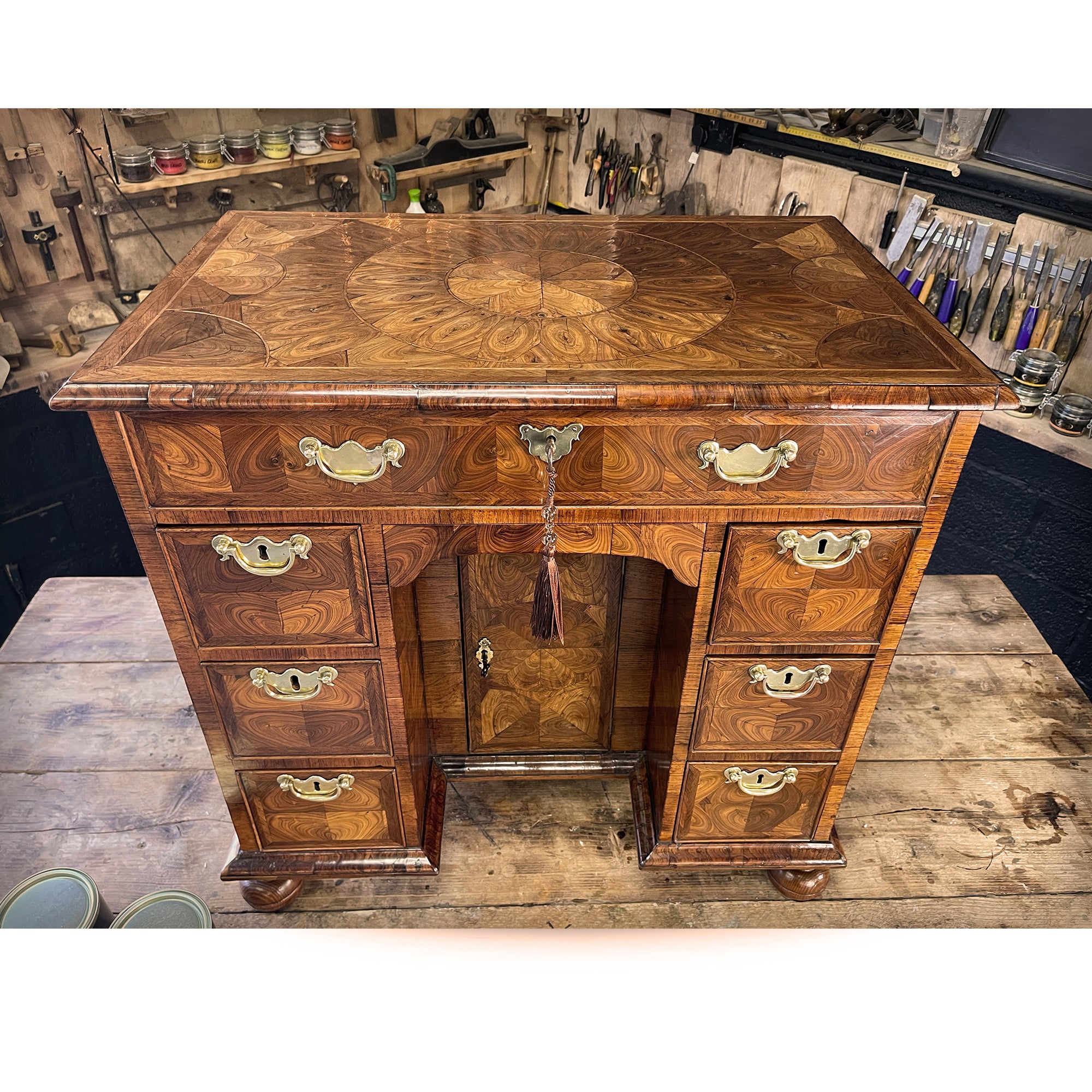
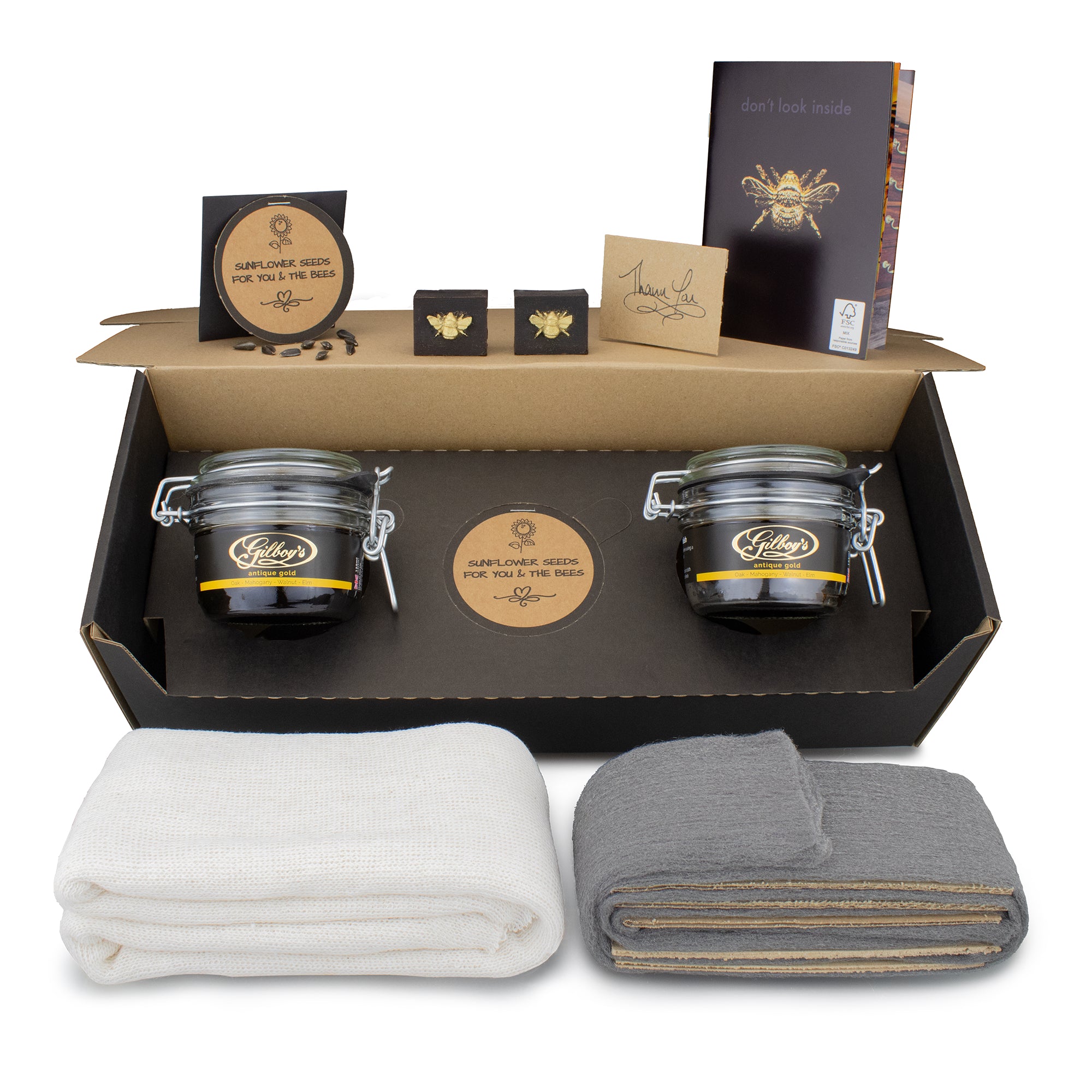
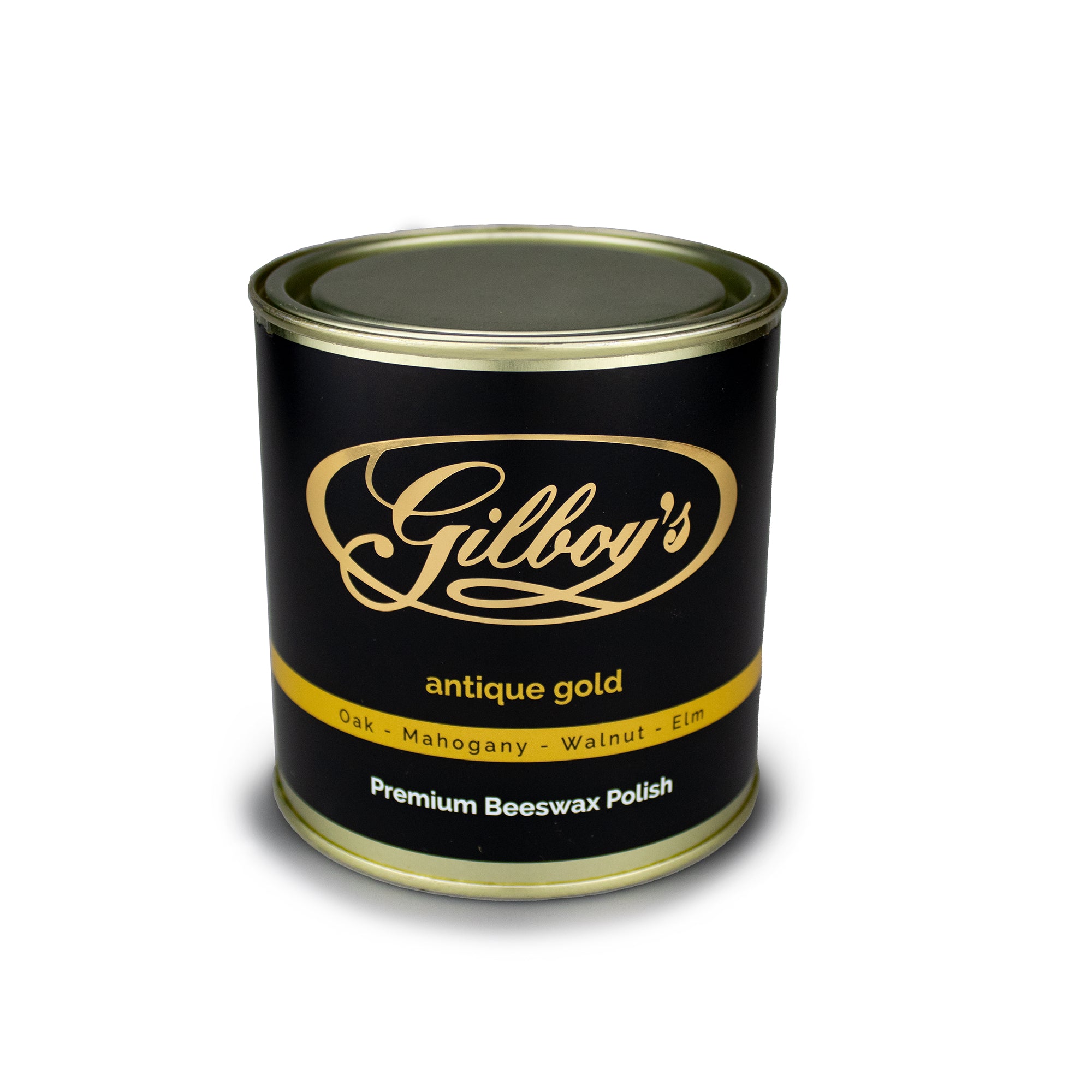
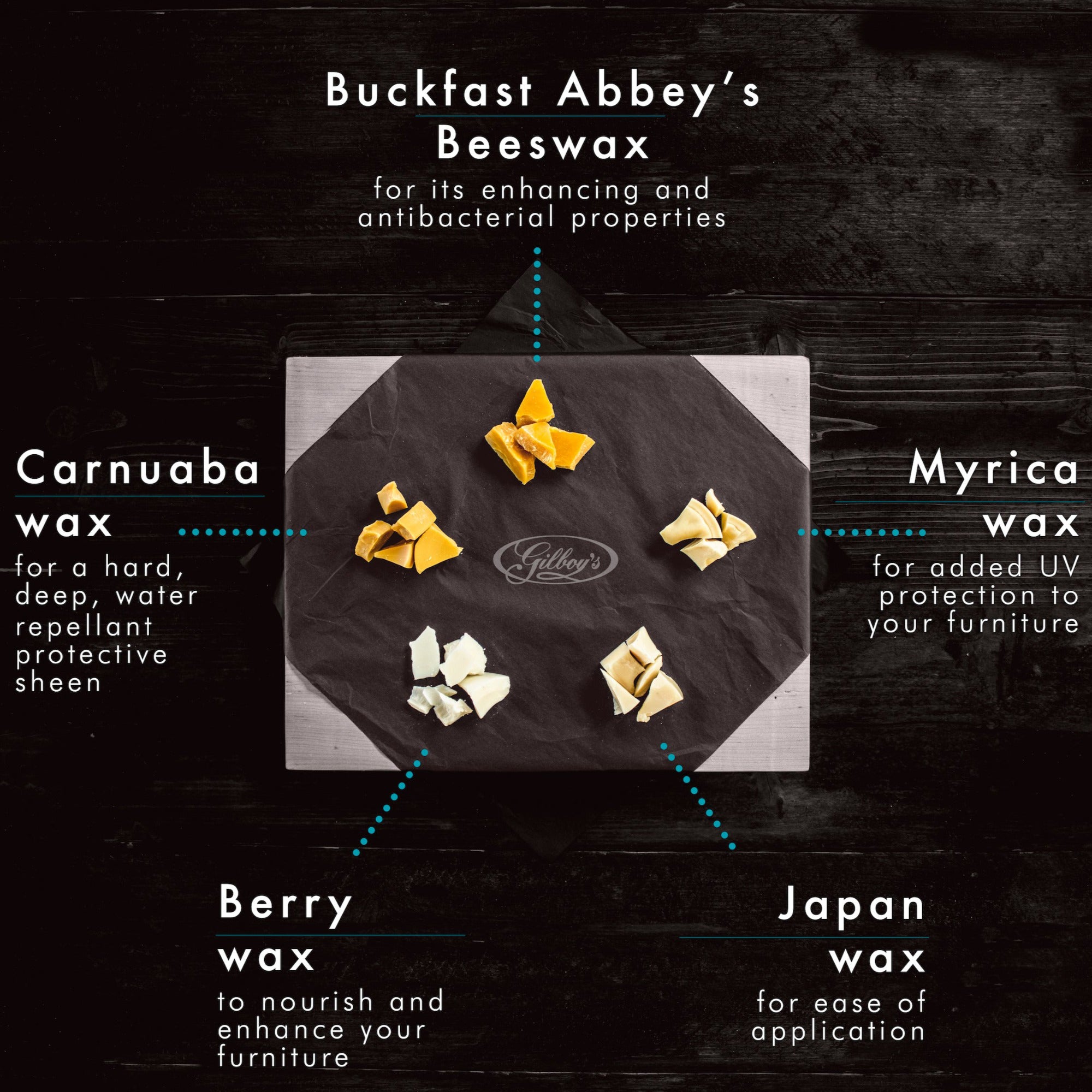
Gilboys Gold beeswax furniture polish can be used on just about all wood finishes.
We created it to enhance traditionally finished furniture.
It will protect and enhance many finishes including:
- Linseed Oil
- Tung Oil
- Shellac
- Hard Wax Oil
- Old & New Varnished Finishes
- Previously Waxed Finishes
The only exception is wax polishing modern high gloss and satin finishes which is where I would recommend following the original manufacturer's guidelines.
High gloss dining tables don't really need wax polishing. Applying our wax polish to such a finish will be very difficult. Our wax is very rich in its content and will not spread evenly over such a high gloss finish.
Yes. I developed the polish to work over traditionally finished furniture.
*Trade Tip*
If you are using Gilboys over a newly finished french polished finish; I would recommend leaving a gap as long as possible between finishing off the rubber and applying Gilboys polish. - In the workshop we wait a few weeks, if possible, right up to a few days before we deliver the piece.
(My Mum is a huge fan of Nathan and still is)
Gilboys Rose Gold has a warm colour that will help enhance teak. It will also help disguise small, light scratches and marks.
At the same time it will add a layer of wax to protect the surface and leave a soft sheen similar to the original finish.
This natural wax layer will often not need to be re-applied for many years. *unless it has lots of daily use, in which case I would suggest maybe applying it once or twice a year.


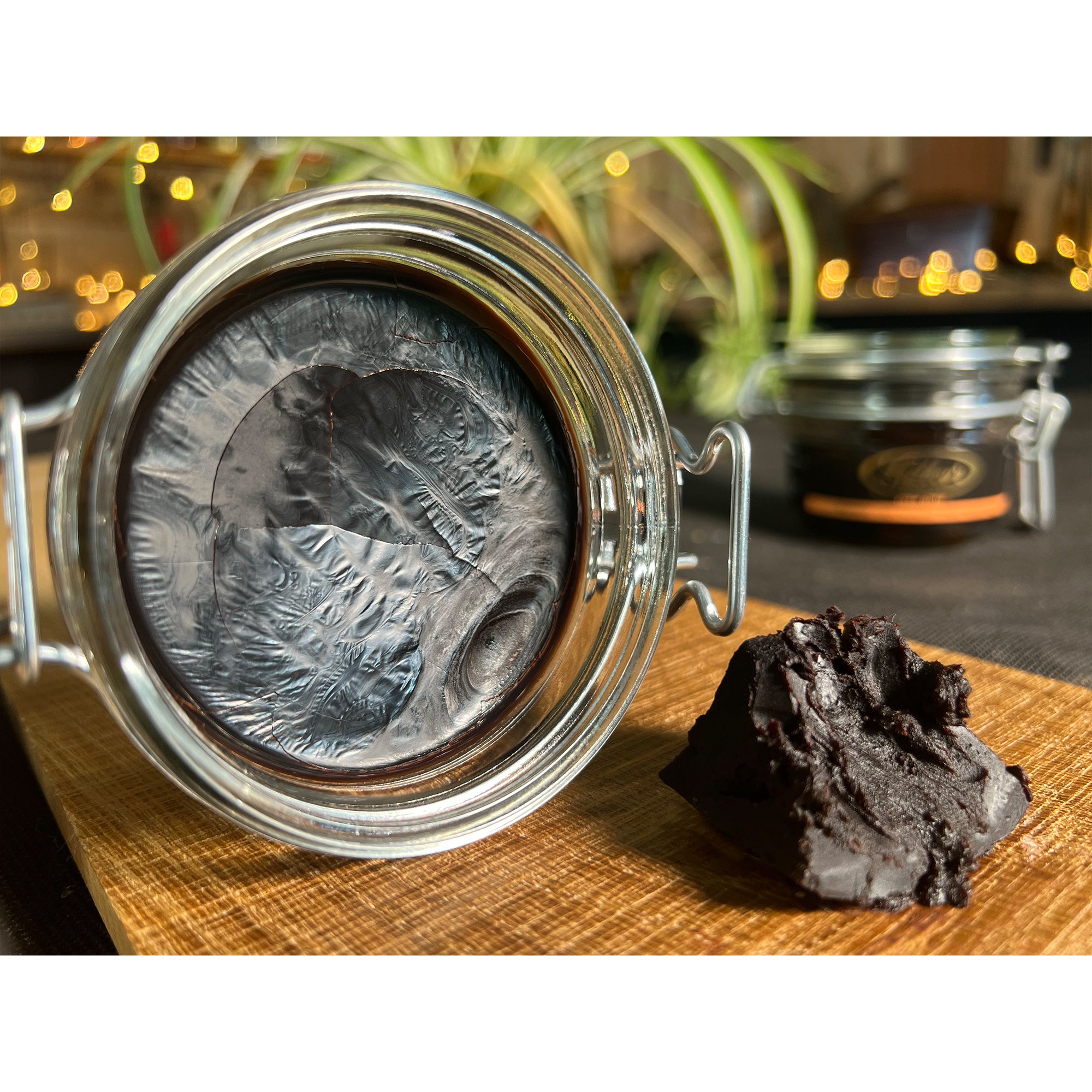
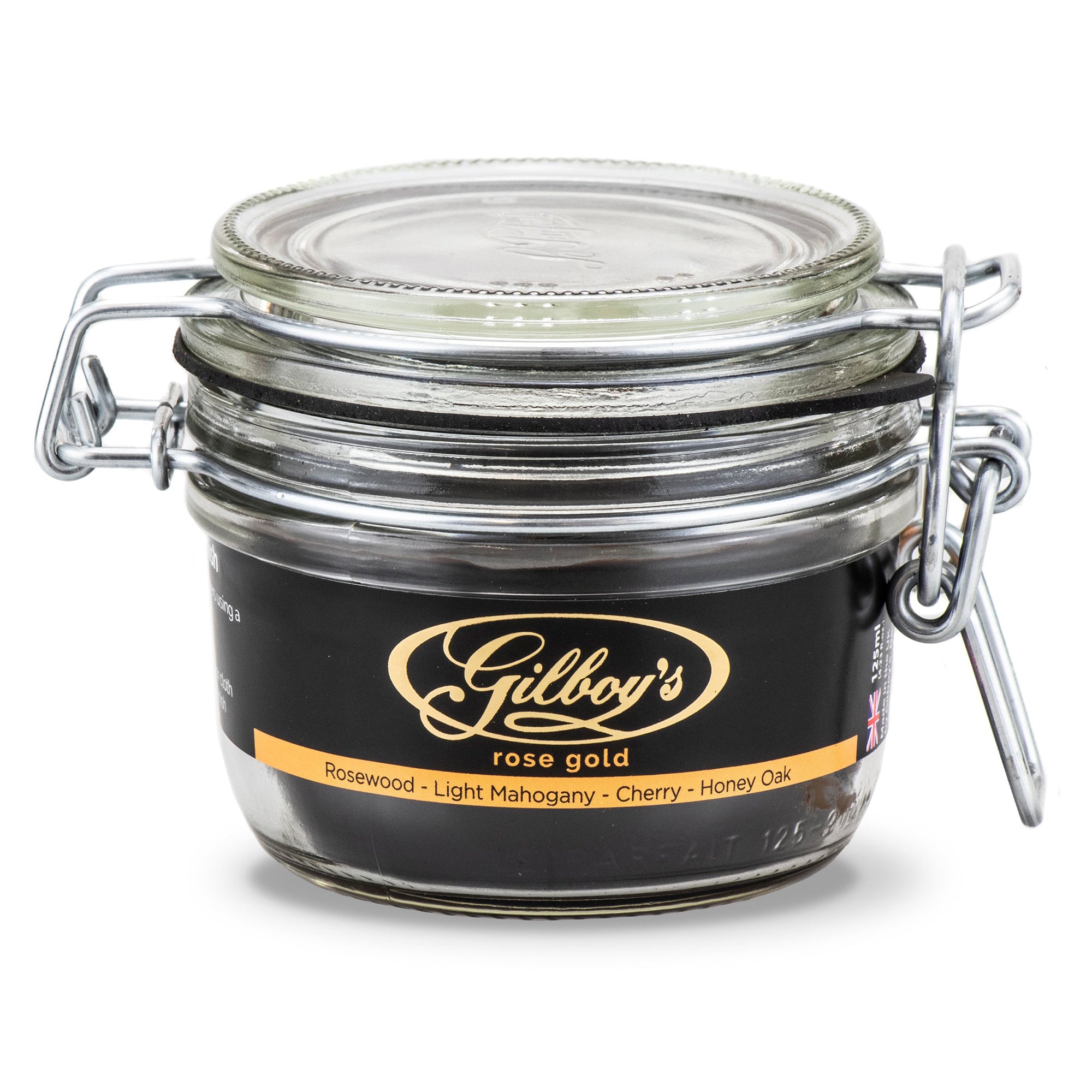
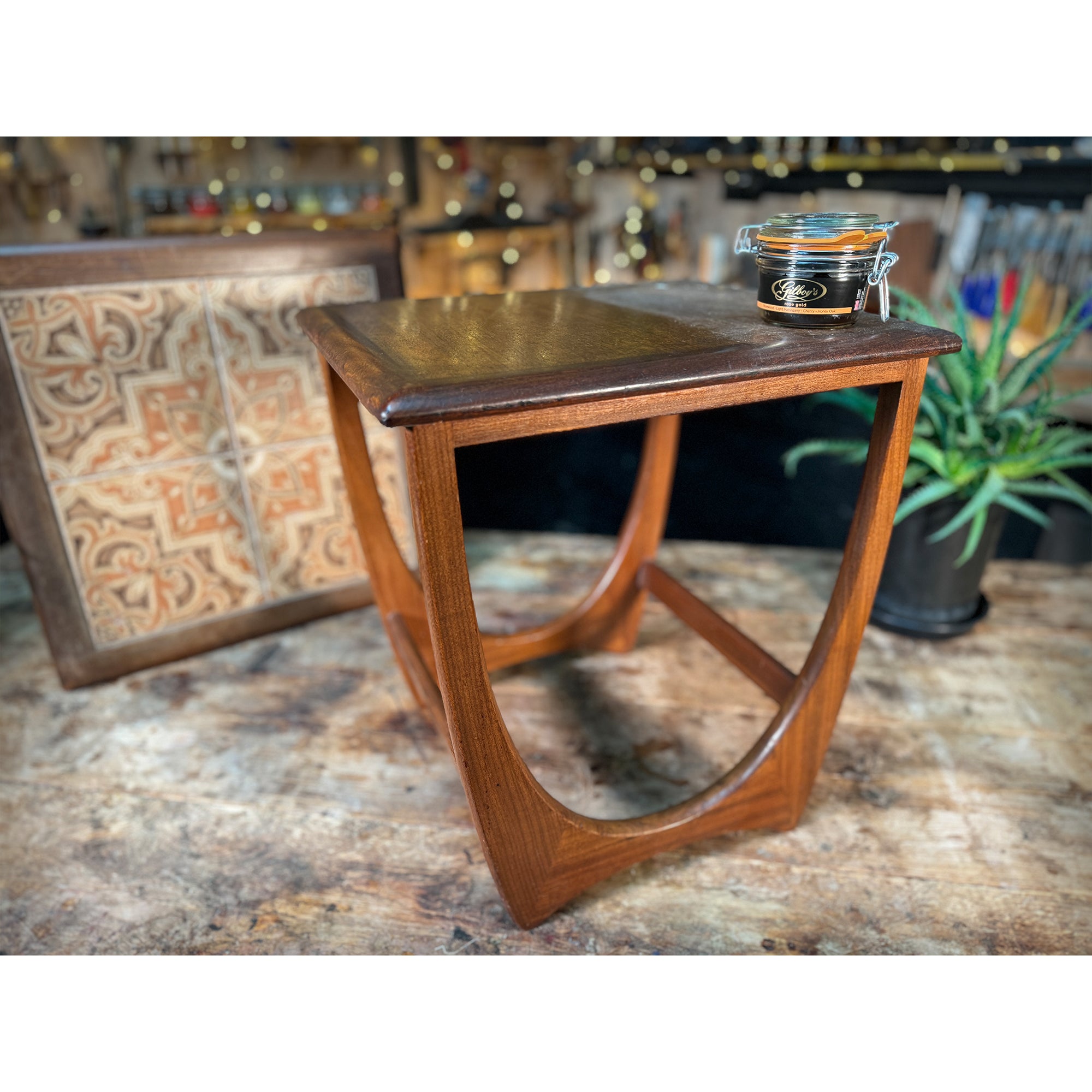
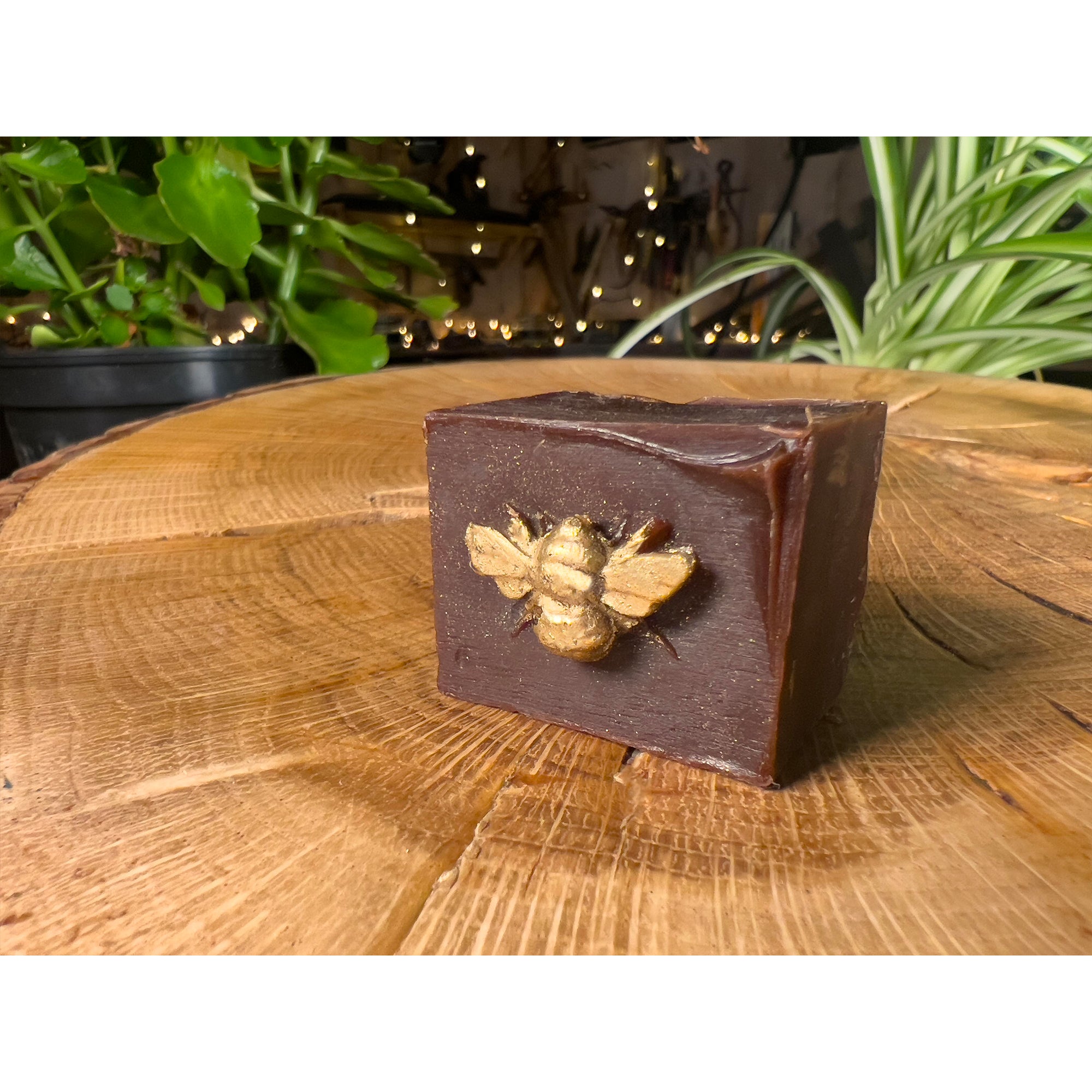

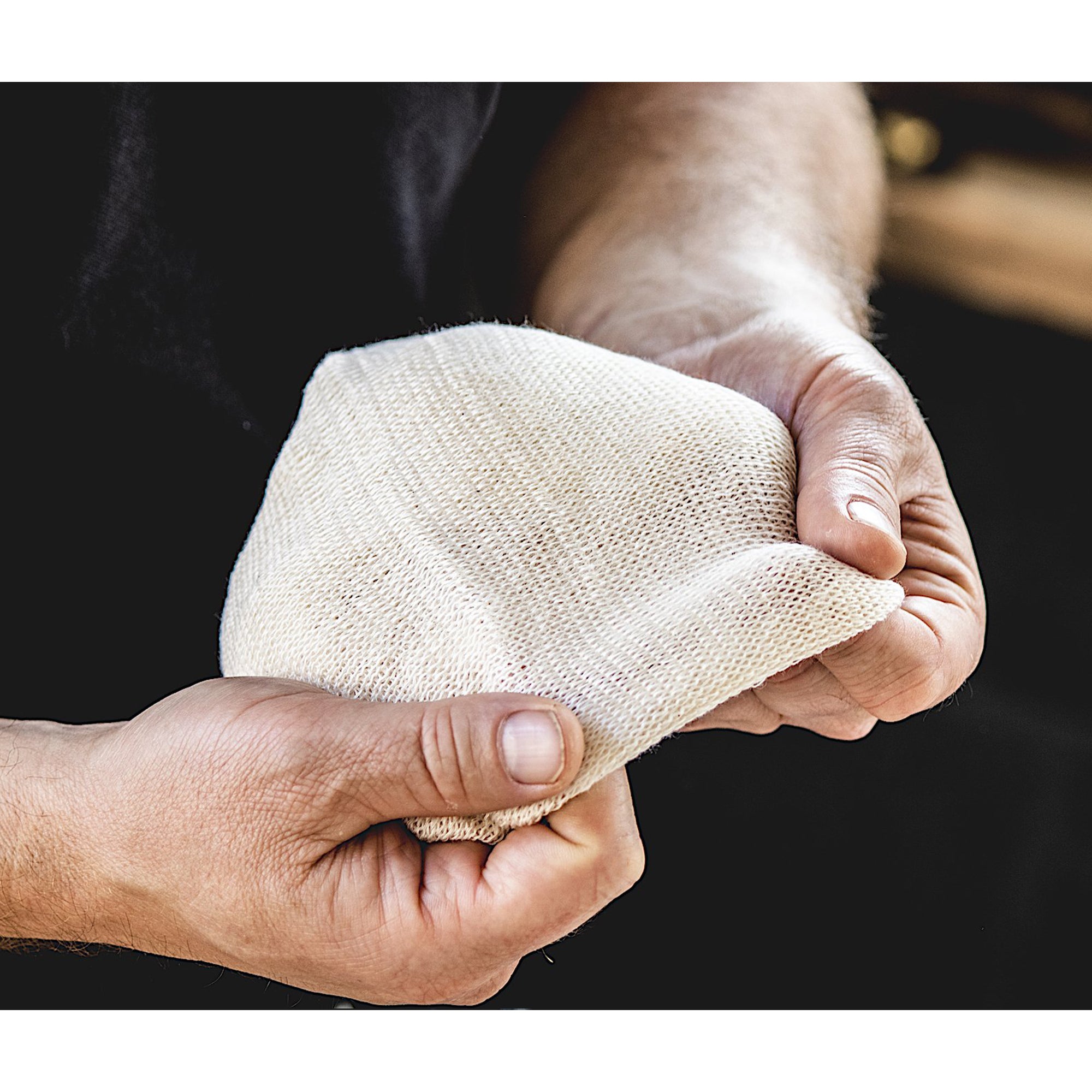
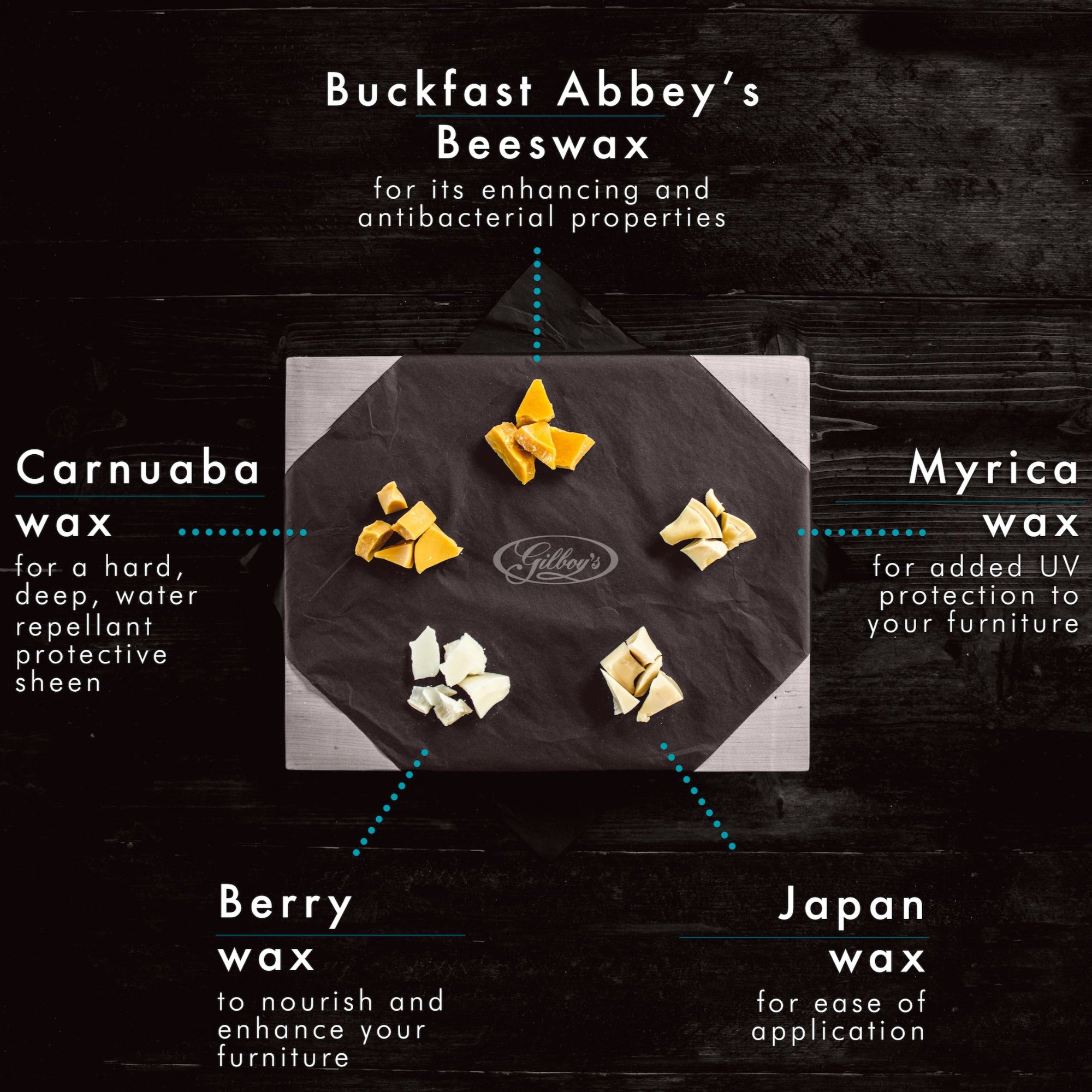

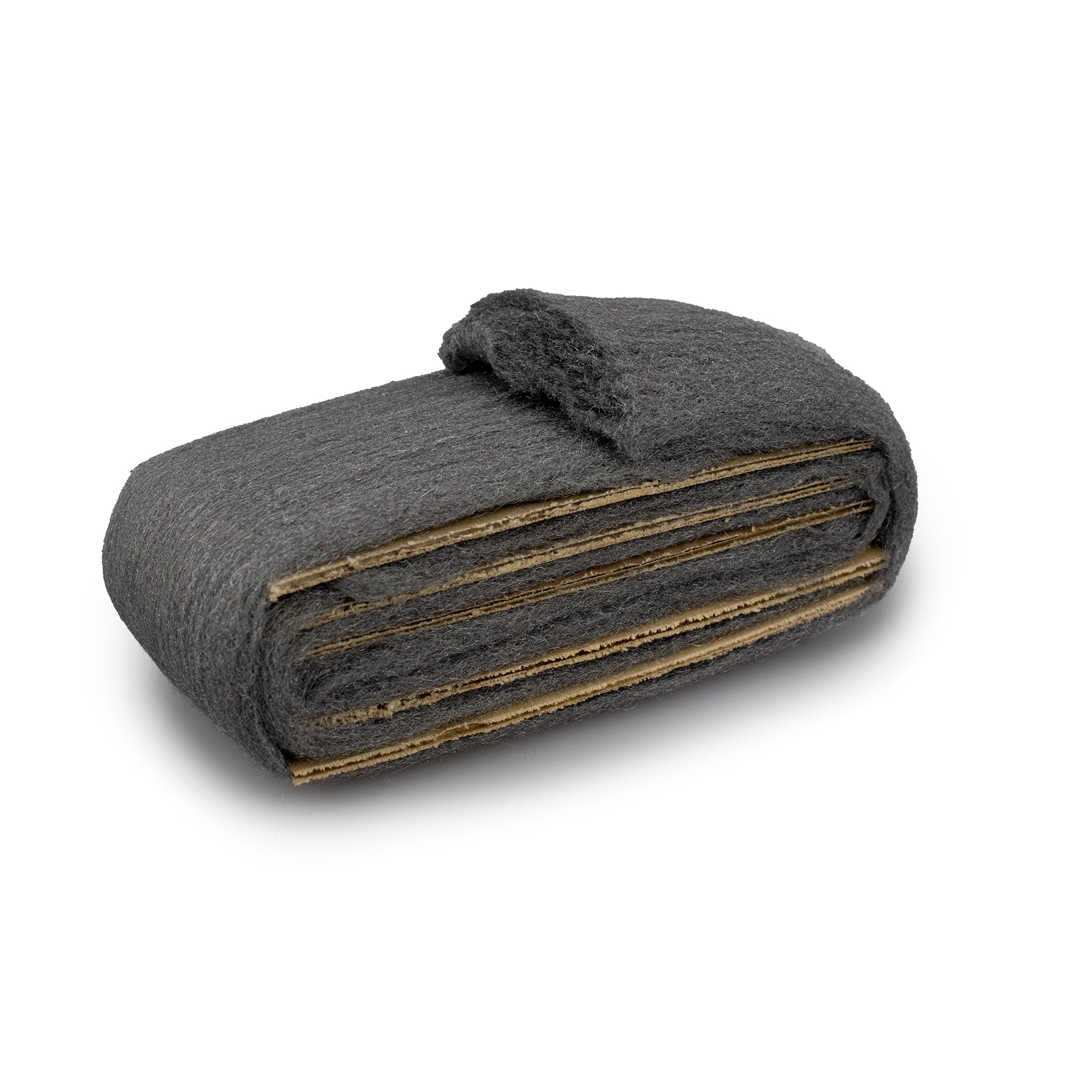
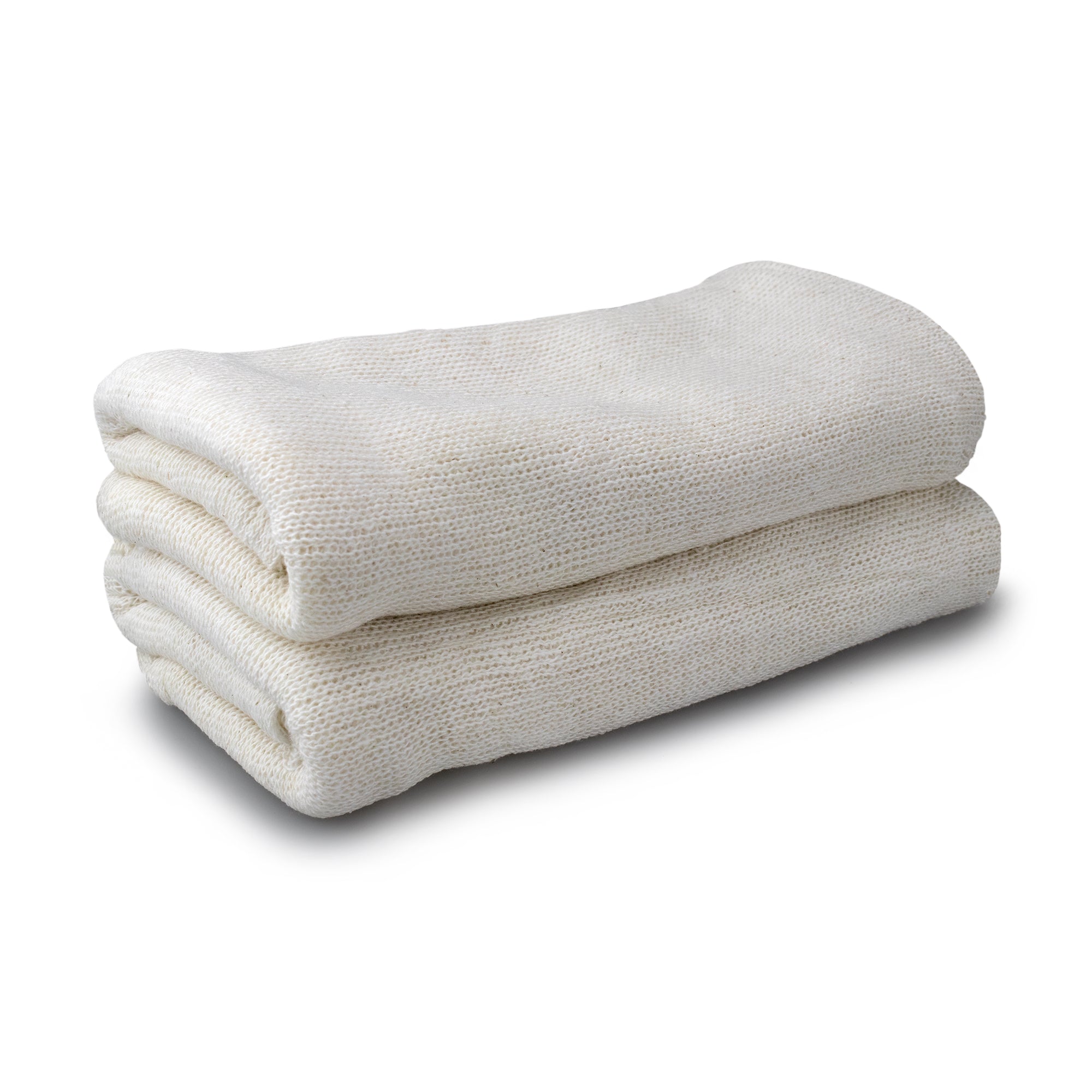



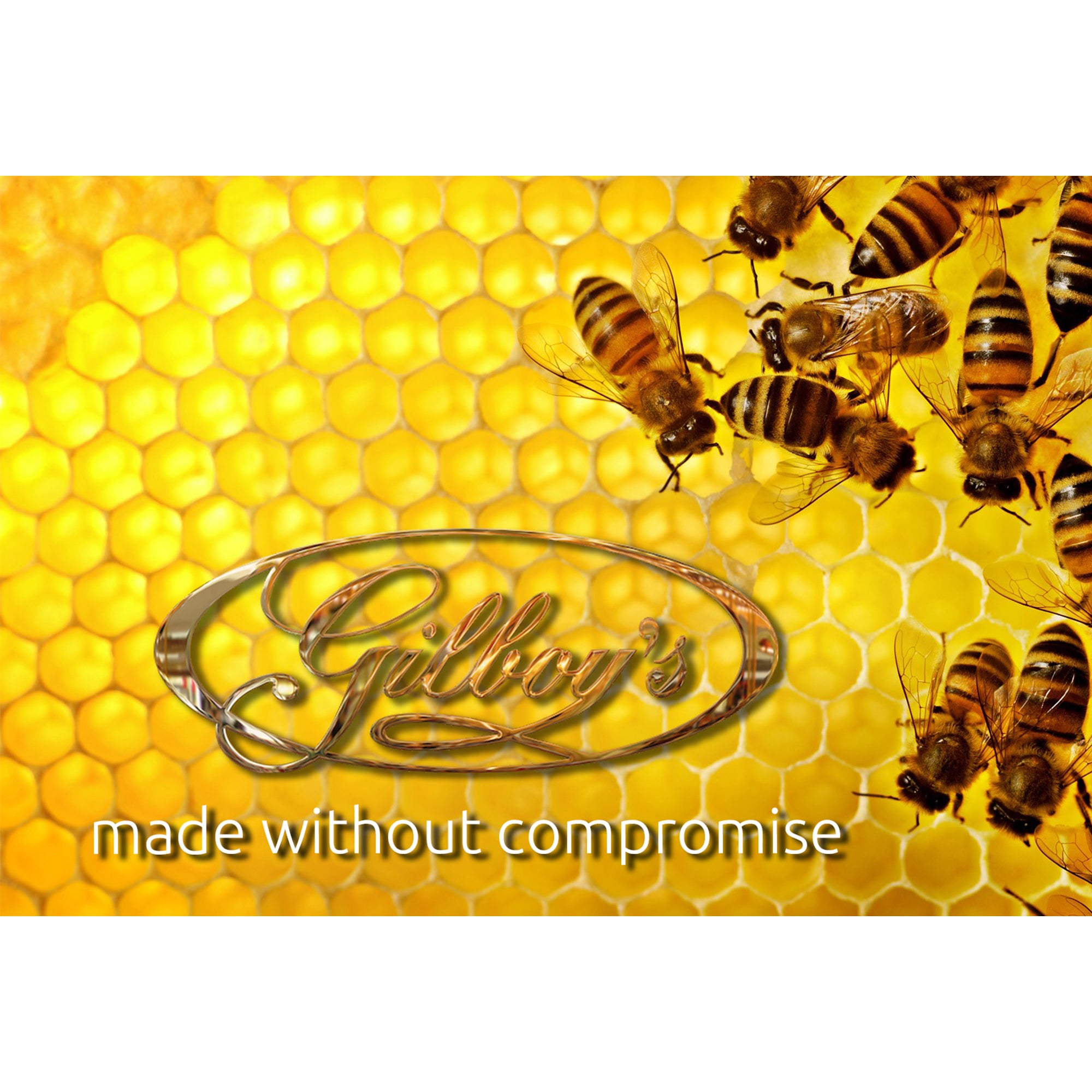
Yes you can, but to be honest I would rather you used a hard wax oil to treat your kitchen worktops. It will stand up to the hard abrasive wear much better.
Yes, the pure turpentine will soon be absorbed or evaporate and leave a natural wax finish.
I would advise against it because of the pure pine turpentine.
Using Gilboys polish on your furniture will help prolong the life of the finish. When used on period antique furniture it will enhance the patinated finish at the same as as protecting it.
It’s time saving... our beeswax polish is so much more rich in its content than other wax polishes that just one application will last much longer than the wet chemical based polishes that are so cheaply made. It is one of the main reasons why we developed Gilboys Gold in our furniture restoration workshop.
Yes. Using a good beeswax polish on forged metal work is very much recognised as a traditional method of enhancing and protecting it.
In the images below you can see me applying our antique gold to an old cast iron door knocker. I also use a trimmed paint brush to apply our polish to heavily carved relief on period furniture. You can use a soft shoe brush to buff it as well as a soft cloth.
I wouldn't use it on period cabinet-ware, in fact I would recommend removing handles from period furniture before waxing the woodwork, but only if you have the time and you are confident doing so.
My top tip for removing handles from chests of drawers is… Don’t throw them all together in a container, you’ll regret it. Using low tack masking tape, secure the removed handle to the back of the same drawer (including the pommels and securing nuts). Do this immediately after removing them. This way when you are ready to reinstate them you have the exact same handle that came off going straight back on. It will save you a huge amount of time!
YES. Most certainly. Veneer or solid wood, it makes no difference. Some of the most beautiful and valuable furniture in the world is made from a combination of veneer and solid wood. I created Gilboys Gold wax polishes to enhance and protect the natural beauty of traditionally finished furniture. Be it veneered or solid wood. It will protect the finish in just the same way.
This is a big question... A finish can appear patchy for a few reasons:
As mentioned above, for the long term build up of spray liquid polishes. If really bad then use this method:
- With a bowl of warm soapy water, (washing up liquid is fine) immerse the cloth in the solution and wring it out.
- Concentrate on cleaning small areas at a time and immediately dry the area with a dry soft cloth (old soft towelling we have found works best).
- To ensure that the furniture is completely dry, leave it for a day before wax polishing.
If the surface is patchy and dull in places but you haven't used any spray polish on it, the surface may appear blotch or patchy because of a number of reasons or a combination of them. I’ll try to explain in more detail:
The finish has degraded, broken down, dried out and is flaking away (‘letting go’). You might not have immediately realised this as it is a gradual process.
I have seen this problem many times on furniture that has been finished with a coloured spray lacquer. Examples of mass produced furniture makers that I have seen this problem on are Ercol, Old Charm, and Priory. It does also very much depend on the environment they have been kept in.
It is not really associated with furniture over 100 years old.
This problem is normally associated with cellulose (nitrocellulose) lacquer finishes which was applied to mass produced furniture from the 1900’s onwards.
- Remedy
On dark coloured furniture; Using our antique gold polish will help disguise the exposed lighter areas and go help prevent further deterioration of the finish.
On light coloured woods that have a broken finish I would recommend using our pure gold polish but be aware; where the polish is applied over the broken areas it will appear matt and where it is applied over the intact finished areas it will appear to enhance giving a sheen. In effect potentially highlighting the broken, missing areas.
Note* If you were to use a coloured wax on a lighter broken finish such as rose gold or antique gold, the colour in the wax will stain the open, bare wood areas which may be darker than you would like. Repeated applications of wax over time will start to create a layer of polish in the missing areas but it will not be a long term solution as the original finish will still flake away leaving further patches. The best solution is to strip the old finish off and refinish.
In the videos below I walk you through this process step-by-step:
- Sunlight / UV damage:
Surfaces that suffer long-term exposure to sunlight will often break down faster. This may lead to the surface coating losing its sheen and protective properties. In addition the wood itself will more than likely be bleached of colour.
Using a coloured polish such as rose gold or antique gold will in many cases work very well at reviving the finish and go in some way to restoring the colour. Please be aware this is not a guaranteed way of fixing this problem. How effective Gilboys Gold polish will be at restoring the finish will come down to how ‘broken down’ the finish is on your piece of furniture. If the surface is still intact, the wax may well help nourish the dry finish but it may not revive the colour. This will be because the surface coating is hard and impenetrable, preventing the colour from getting through the coating. I always recommend giving this method a go, because if it works, you have saved yourself the costs of a professional restoration - which can be quite high. Also, if it doesn't work, you now know that stripping and refinishing is your only other option. You will not have wasted your money as you can use the polish on your other items of furniture.
No. Using a wax polish to change the colour of your finished furniture will not work very well. *(unless it is sun faded).
If you want to change the colour of your furniture you really need to strip it back to the bare wood and colour the wood using a stain first. Don’t use a stain sealer all-in-one solution. You get a much better finish by staining the wood properly and then sealing it. All-in-one finishes cheat this process and in effect you are applying a semi opaque finish blocking out the grain and the whole reason you are refinishing it.
I know your pure gold is a clear colourless polish but will the rose gold or antique gold darken my furniture?
Only ever so slightly and only if with repeated applications.
When I was developing the polish I had antique furniture at the forefront of my mind. I wanted to create a polish that enhances the natural patination and colour of the wood.
I coloured our rose gold polish with a warm brown nutty colour to enhance the warmer woods suchs as: Mahogany - Rosewood - Teak - Cherry - Honey Oak. The list is definitely not exclusive, you can use it on any wood species. If you are looking for a polish that will enhance the warmth and glow, rose gold will go in some way to do this.
Antique gold has the same colour as rose gold but then I also added a darker cooler colour to it. I wanted this polish to enhance and nourish tired old antique finishes. You will find it looks dark but in truth I have only added ‘just enough’ colour. My aim was to make a reviving wax polish, not a stain with wax, as many other manufacturers seem to have done in the past.
So a single application, of any of our coloured wax polishes, will in the majority of cases, be all that is needed for years and years. And, if you do need or want to apply a second time only small amounts of colour will be transferred.
If you really are concerned that you are going to change the colour of your furniture then just use our clear pure gold polish.

Having looked at the image of your dining table I would strongly suggest you don't use paste wax polish on it. I’ll explain why..
It looks like it has a satin, melamine lacquer finish which needs only to be wiped with a damp cloth and dried. These finishes are designed to be almost maintenance free. Applying a wax paste to this will leave an uneven, potentially streaky finish.
I would also advise not using any spray surface cleaners/polishes:- This type of cleaner chemical cleaner with repetitive use, will build up a layer of grease and leave your satin lacquer finish with a smeary oil slick which will also change the sheen level from a satin to a patchy gloss.
Your table has a 'full grain finish' meaning there are no textured, visible grain areas on the surface, it's completely smooth all over.
Birch wood has no visible character grain and is not commonly used as decorative wood finish. It is quite difficult for french polishers (or wood finishers) to achieve an appealing surface finish. It does give a unique look when combined with a stain or applied colour which your table has. 🙂
Sorry I've gone on a bit there, but I thought I would explain 'why' rather than just saying "No, it’s not suitable"
I hope this helps
Best wishes
Simon
Modern (in the last 70 years or so 😳 ) pianos are almost always finished with very hard lacquers.
The finish is almost always a full grain finish, meaning that there is no texture to the surface, it's smooth to the touch like a piece of glass. For this reason natural paste wax polishes such as ours, wont do anything for the finish. The wax needs to bond with the surface and dry. It just can't do this on a slippery lacquered piano surface.
Highly lacquered modern pianos do not need wax polishing. The only polish that I know that works on them is a liquid car polish. Car polishes have a very low solids content that don't smear. Not good for traditional furniture but great on high gloss bullet hard finishes, like most pianos. There really shouldn't be any need to use them unless the finish is subject to harsh environmental conditions, and pianos don't really fall into this category.
If you were using it for sun fading reasons then the above still applies. The wax polish has to penetrate past the lacquer or finish, if this is still intact and hard to the touch the wax will just sit there. However if the finish has broken down and is absorbent then you may have success.
If you have mistakenly tried to do this you can remove the excess wax by wiping it with a soft cloth which has been dampened with white spirit. (not methylated spirits) It will remove the wax without harming the finish. Then buff it with a clean dry cloth.
I would strongly advise not using any polish on any modern piano. You may or may not have used household sprays in the past but I also strongly advise against this. Continuous use of these polishes will almost always lead to problems later : smeary - greasy - patchy.
Household spray can also change the sheen of your piano if you have a satin finished one. Over years of constant use the spray will start to give the finish glossier and glossier sheen. Often not noticed until it's discovered by looking inside or underneath one of the piano lids.
Our polish will work nicely on antique french polished pianos. Apply sparingly, wait twenty to thirty minutes and buff to a soft protective sheen.
About the Author: Simon Gilboy

Simon's career began in furniture restoration in 1987. Leaving school at 16 and signing on as an apprentice French Polisher at Staverton joinery, he has accumulated over 30 years experience in the restoration of fine and antique furniture.
In 1994 Simon opened the doors on the first Gilboy’s workshop at the Riverside in Staverton with financial and mentoring help from The Prince’s Trust.
In 2015 after years of searching for a beeswax furniture polish that would befit the fine furniture Gilboys were restoring, Simon developed his own beeswax polish using only the very best of responsibly-sourced ingredients.
Simon says, "My intention was not to compete with anyone on price, but to simply make the best beeswax polish it was possible to make"
You can usually find Simon in the Gilboys workshops filming instructional how-to videos for the Gilboys YouTube channel, on help forums, or actively finding new ways to preserve the past for the future.





